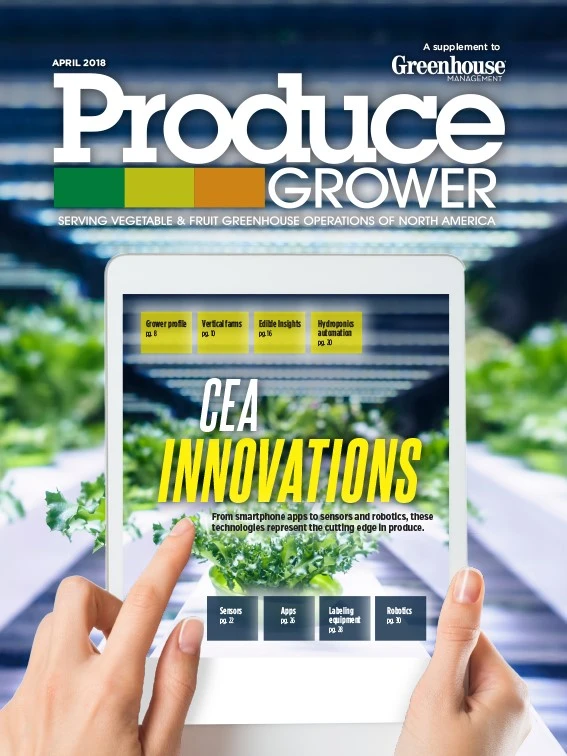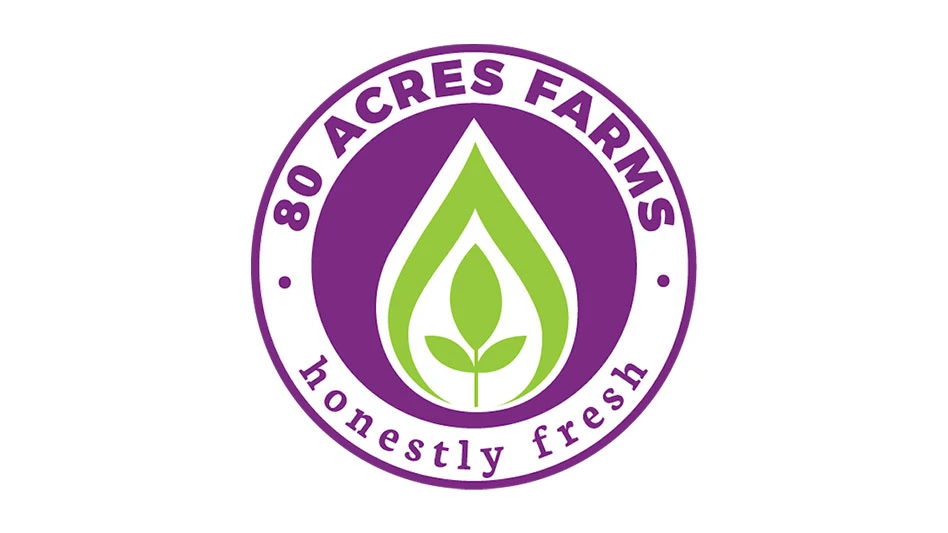

Nick Chaney, the head grower at BrightFarms’ Chicagoland greenhouse, helped develop the hydroponic grower’s newest lettuce variety: Sunny Crunch. Chaney says that BrightFarms knew Sunny Crunch would be a success when it drew rave reviews from people who tried it during a greenhouse visit.
“Everyone who pulled one of those leaves out of the system and tried it, you could see their face just lighting up,” Chaney says. “When we started seeing that reaction from everyone who tried it, we knew it was going to have success on the shelves and we’d go forward with it.”
Below, Chaney answers questions about Sunny Crunch’s profile, BrightFarms’ development process and what crops are challenging to grow in a hydroponic system.

Produce Grower: What exactly is Sunny Crunch? And what was the inspiration for its development?
Nick Chaney: Sunny Crunch is a lettuce we began to develop in our system as an iceberg/green leaf hybrid. So, you get all the flavor and color of more nutritional lettuces, but it’s got that nice crunch that people like with the iceberg. The varieties we’re using for that were actually developed as head lettuces and we decided to try it out as a baby leaf. It has a much higher density and much shorter growth cycle and it came out performing very well.
PG: How does BrightFarms develop something like Sunny Crunch, and then bring it customers?
NC: It can develop from a couple of different avenues. We are in constant contact with our customers, [and] get feedback on what they want to see. As a team, we reach out to seed breeders and see what could be possible in hydroponics and order it all in. We run it through [our] system and see how it develops. If it works in hydroponics, and will be desirable to the consumer, we bring in sales, marketing, operations, our apprentice growers — everyone is involved — and go through stages of a crop’s feasibility in the greenhouse, its marketability and then take it from there. Something that is simple like a lettuce could get pushed through in two to three months, while something a little more complex [to grow] and isn’t ideal for hydroponics could take as long as six to seven months.
PG: What is an example of something that could take six to seven months to grow in hydroponics?
NC: I trialed mint. Mint had really struggled in hydroponics because it’s really slow growing and didn’t really have that strong flavor that it has in soil growing. But there’s an endless supply of genetics out there, so you just have to keep on pushing through and trialing and finding what works for both flavor and production.

Explore the April 2018 Issue
Check out more from this issue and find your next story to read.
Latest from Produce Grower
- University of Evansville launches 'We Grow Aces!' to tackle food insecurity with anu, eko Solutions
- Lawsuit challenges new H-2 visa rules
- Q&A: Sandra Eskin Leads Food Safety Advocacy Organization, STOP, as CEO
- Find out what's in FMI's Power of Produce 2025 report
- The Growth Industry Episode 3: Across the Pond with Neville Stein
- Martin A. Makary Sworn in as FDA Commissioner
- PG CEA HERB Part 2: Analyzing basil nutrient disorders
- LettUs Grow, KG Systems partner on Advanced Aeroponics technology





